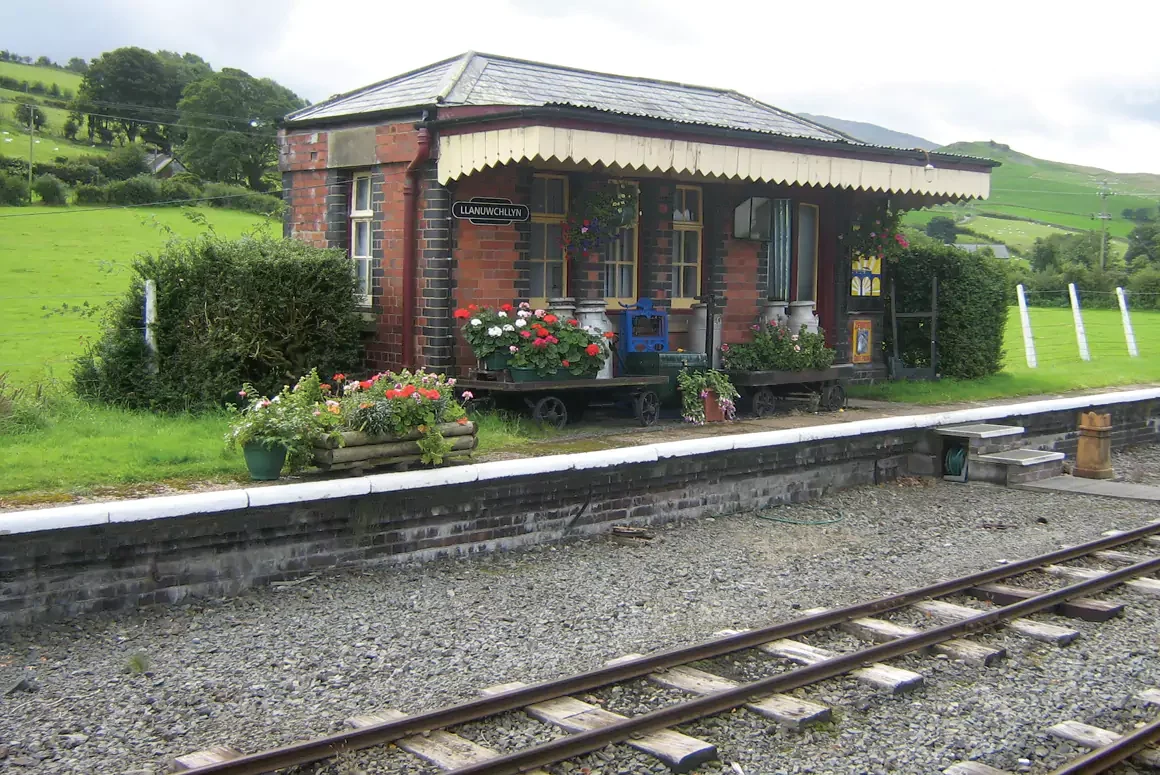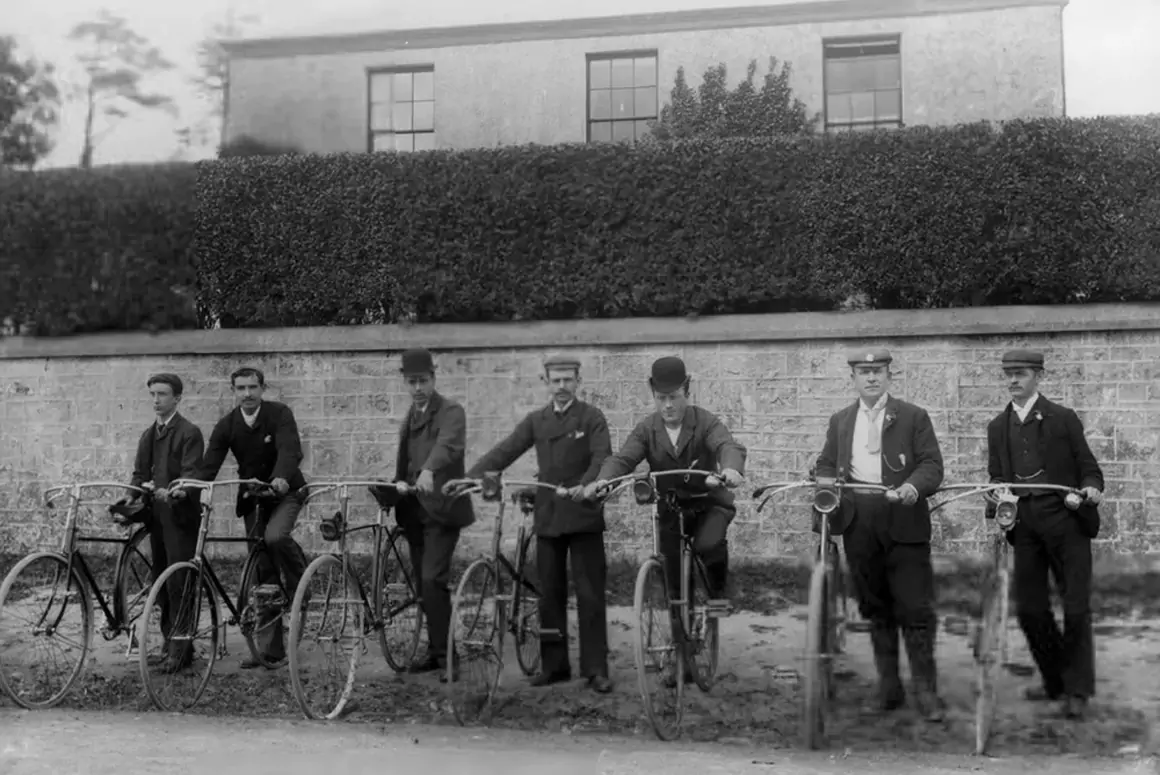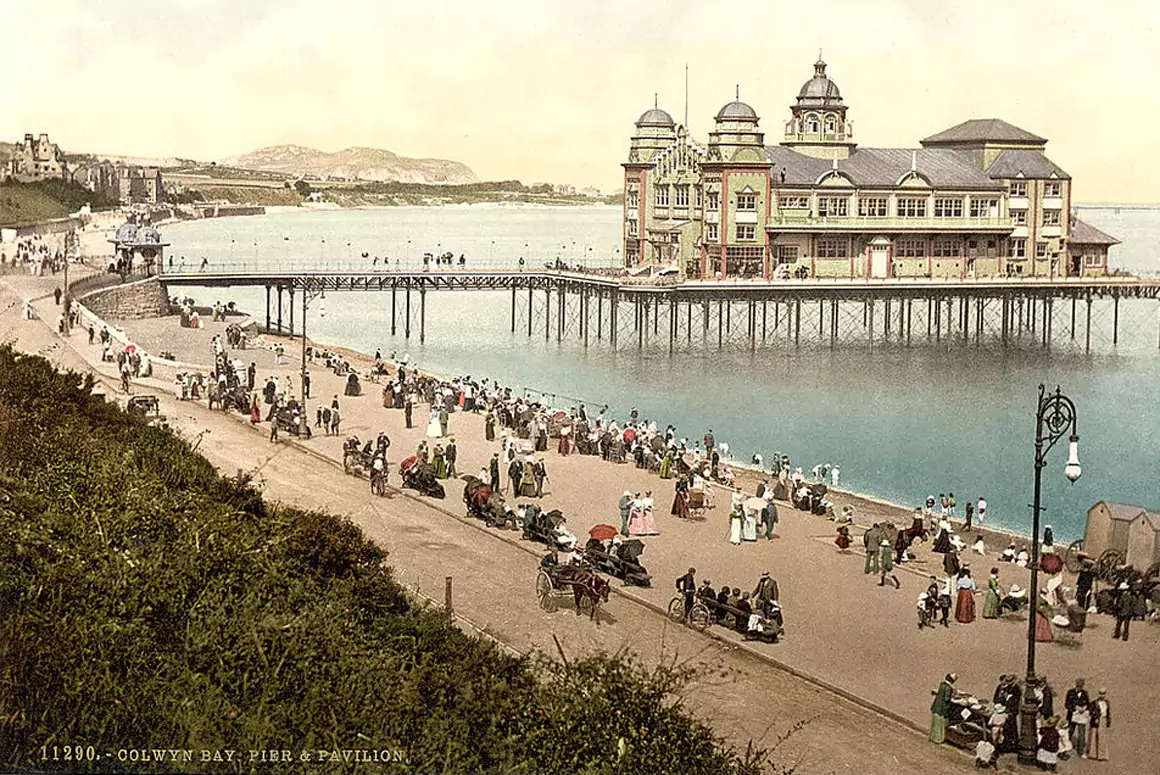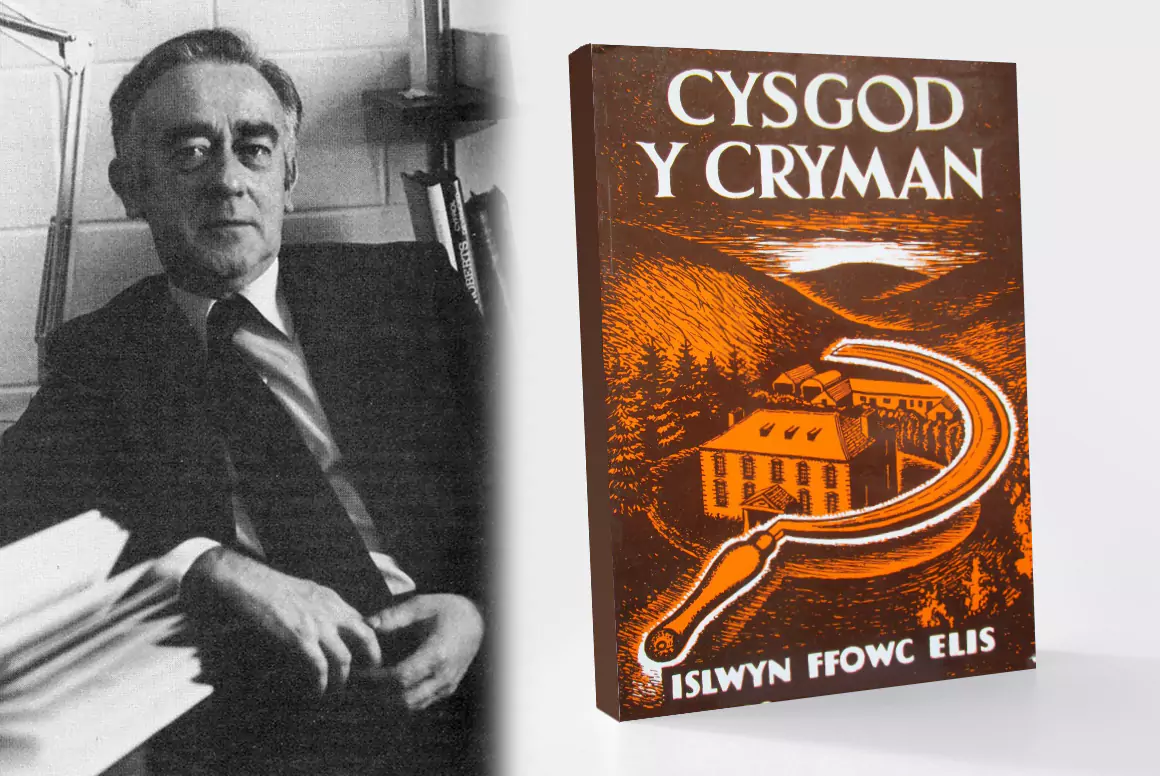![]()
Stephen talks about his trip to Bala and the history of the popular tourist town.
My wife and I, heading from Dorset to north Wales for a week, needed somewhere to stop over on a Friday evening. I chose Bala (Y Bala) in Snowdonia National Park.
The White Lion Royal Hotel, occupying a prominent position in the main street, awaited us. It is an imposing black and white building with two chunky white lions either side of the main entrance. The ‘Royal’ is because Queen Victoria stayed.
After a quiet night, we were down for breakfast early. I knew we were on a winner here as English travel writer George Borrow stated in ‘Wild Wales’ that the breakfast was the best he experienced in his Welsh walking tour of 1854.

The town was in full flow in the tree-lined main street of ‘Stryd Fawr’ (Great Street or High Street), Bala being basically one long thoroughfare. A feeling of satisfaction from a good night’s sleep continued as my wife found a thimble in a Victorian ironmongers, adding to her collection.
Bala is a ‘gateway’ to Snowdonia, so its quietness during our brief September stay and resident population of some 2,000 must be contrasted with the summer when it welcomes crowds of sightseers and walkers (Bala is a “Walkers Are Welcome” town). This is hardly surprising as there are at least three camping grounds / caravan sites within four miles. The annual music festival, ‘Wa Bala’, also brings crowds. Tourism vies with farming as the main industry. Bala is proudly Welsh with some 80% Welsh speaking including 95% of those attending junior school. It is a rare place in the World where learning the harp is part of the curriculum.
The town was founded in the early 14th Century and became famous in the 18th for manufacturing gloves, flannel, stockings and hosiery, with local people employed as ‘knitters’. There are notable buildings from that era, including Theological Methodist College and grammar school, founded in 1712.
MP Tom Ellis, close to David Lloyd George around the end of the 19th Century was a key figure in the independence movement. Ellis made a speech in Bala in 1890 calling for a legislative assembly. The statue in the main street is his. One of Ellis’s friends was Michael Daniel Jones, founder of a Welsh colony in Patagonia in 1865.
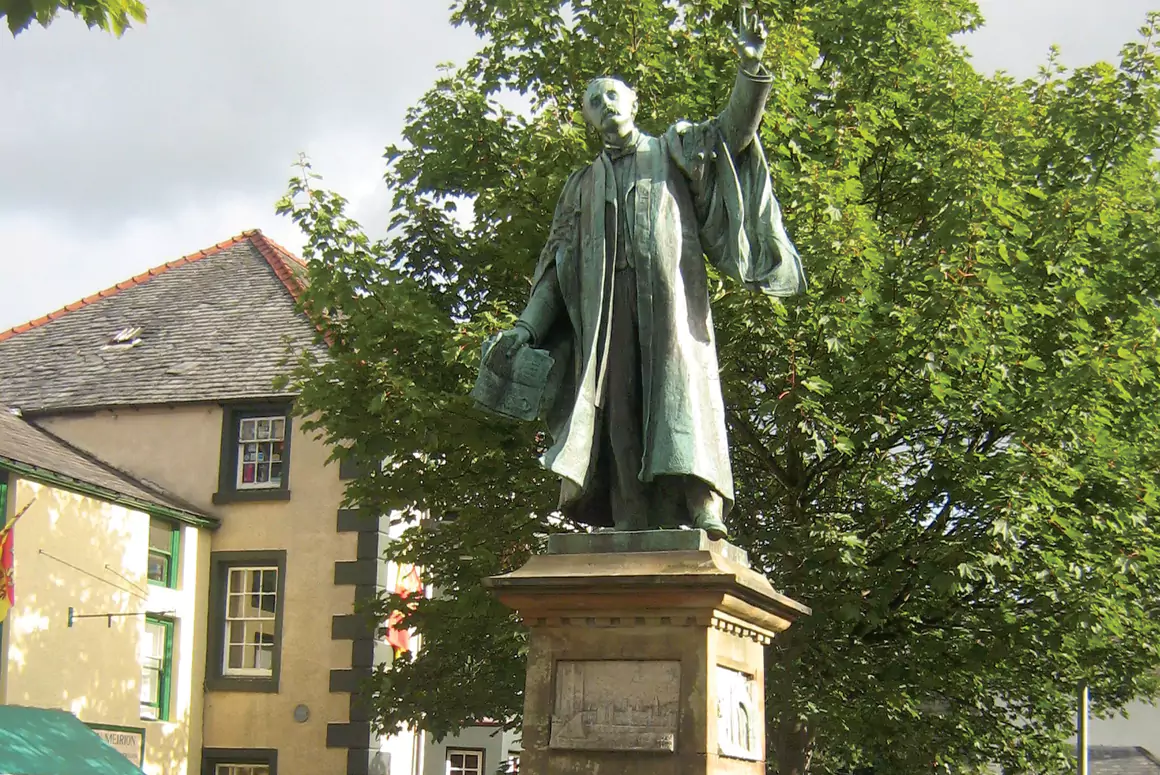
Betsi Cadwaladr, left the town aged 14 and went on to work with Florence Nightingale in the Crimea. Christopher Timothy, who starred in ‘All Creatures Great and Small’, was born in Bala and lived here until the age of five.
We left town to circumnavigate Bala’s main attraction, Bala Lake, Wales’s largest natural lake at four miles long, ¾ mile wide and 40 metres deep. The Welsh word ‘bala’ refers to the outflow of a lake and it didn’t disappoint, surrounded by hills and a haven for boats and ducks. It was created during the last Ice Age, glaciers blocking up the valley of the River Dee (Afon Dyfrdwy). It’s good to have a local legend and this one has the valley home to a cruel, despicable prince, ‘Tegid Foel’. The court harpist allegedly heard a bird urging him to flee the palace. The harpist climbed a hilltop, fell asleep, waking to find palace and the evil prince drowned beneath the new lake. You can’t beat a good story.
Ironically there is a real-life drowning too. Capel Celyn was submerged by waters rising behind the Llyn Celyn dam in 1965, built to regulate the flow of the Dee, providing Liverpool’s main source of drinking water. In dry summers the chapel, school and farms of the lost village rise above the water like silent sentinels.
The lake is the only known home of the ‘gwyniad’, a species of whitefish trapped at the end of the last Ice Age (likened to a landlocked herring). The lake has also been known to freeze occasionally (1947 and 1963).
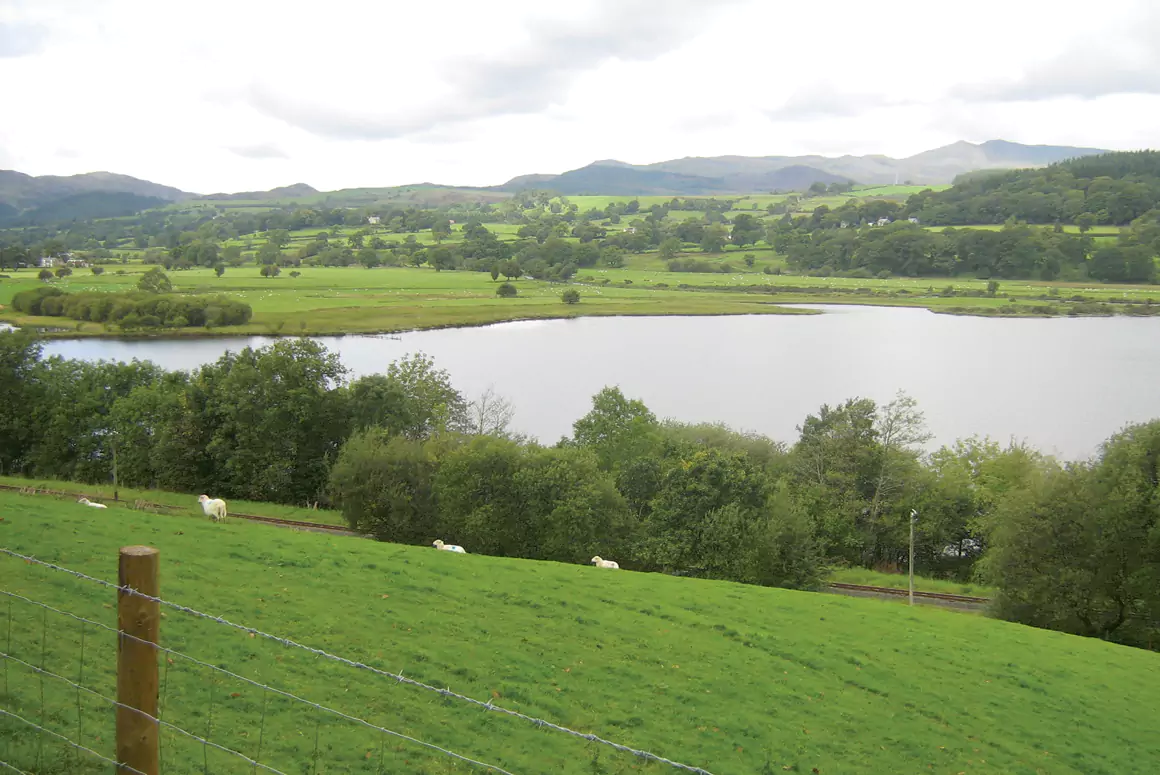
With all this water, there is a proliferation of water-borne activities, including, fishing, swimming, windsurfing, sailing, canoeing and white-water rafting on the ‘Afon Tryweryn’ river. Bala Sailing Club, with predominately south westerly winds, provides ideal sailing conditions. There is also mountain biking, rock climbing and abseiling for those preferring a toehold on ‘terra firma’.
The Bala Lake Railway (Rheilffordd Llyn Tegid), first opened in 1868, is a two-foot narrow gauge line. Llanuwchllyn (‘the village above the lake’), with fine station building, is pretty, including a red telephone box masquerading as a ‘planter’. This is where the railway has its HQ, although there are also stations at Bala, Llangower and Pentrepiod, the latter a request stop.
The railway follows the route of the former Bala – Dolgellau Great Western Railway along the lake shore over 4½-miles, and is open from Easter until the end of September. The journey takes 25 minutes one way, with a 35 minute stop for coal and water. The line is a preservation success, as following line closure in 1965; this section was re-opened in 1971.
We had a lovely week to follow up on the north coast. Fabulous as it was, nothing left a greater impression than Bala with its homely main street, fabulous lake and narrow gauge railway. We hope to return sometime.
Words & Pictures: Stephen Roberts
Feature image: The station at Llanuwchllyn
First published in Welsh Country Magazine Mar-Apr 2018


